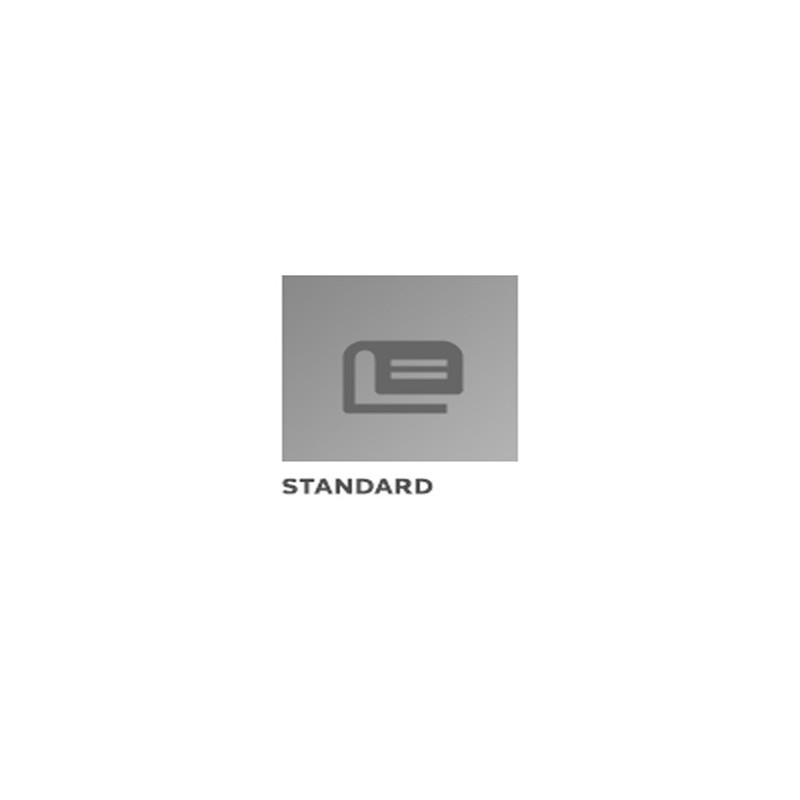Description / Abstract:
In 1941, the SAE Iron and Steel Division in collaboration with
the American Iron and Steel Institute (AISI) made a major change in
the method of expressing composition ranges for the SAE steels. The
plan, as now applied, is based in general on narrower ladle
analysis ranges plus certain product (check) analysis allowances on
individual samples, in place of the fixed ranges and limits without
tolerances formerly provided for carbon and other elements in SAE
steels (reference SAE J408).
ISTC Division 1 has developed a procedure which allows for the
maintenance of the grade list in this SAE Standard. This will
involve conducting an industry-wide survey to solicit input. This
survey will be conducted at a frequency deemed necessary by the
technical committee. Criteria have been established for the
addition to or deletion of grades from the grade table. A new grade
will be considered if it meets standard SAE grade ranges, has a
minimum usage or production of 225 tonnes/year (250 tons/year), and
has the endorsement of at least two users or producers. New steel
compositions will still be considered as Potential Standard (PS)
steels, based on the guidelines provided in SAE J1081, until such
time as production of the new steel achieves a level of production
or usage qualifying it for consideration as a standard steel.
The deletion of a grade from the grade table will be by
consensus based on the grade survey results. Deleted grades will be
archived in SAE J1249 for future reference.
The compositions in this document may apply to open hearth and
basic oxygen, or electric furnace steels. Grades shown in Table 1
with prefix letter E are normally made by the electric furnace
process with maximum limits of 0.025% phosphorus and 0.025% sulfur.
The nominal chemical limits or ranges in the compositions given in
Table 1 are subject to standard variations in check analysis given
in SAE J409. Since AISI is no longer issuing steel grade
designations, all grades listed in this document are SAE
grades.


